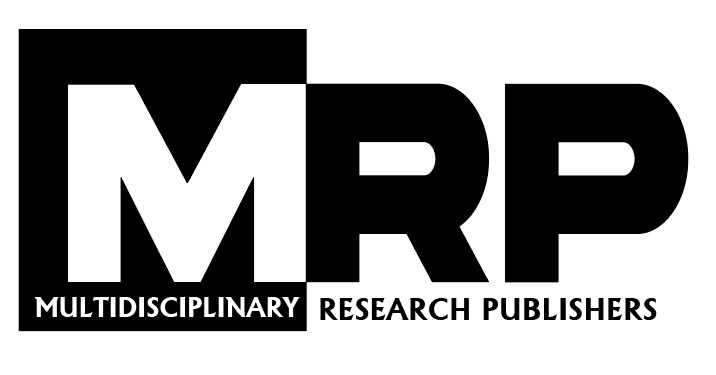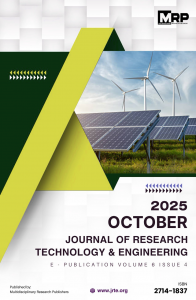Downloads
Due to the increased levels of environmental degradation arising from conventional plastics, there is a rise in appropriate interventions, especially in the food packaging industry. Covering the basics of conventional plastics, their usage, and potential harm, one must turn their attention to bioplastics. Bioplastics are made from renewable sources like starch, cellulose, polylactic acid (PLA), and proteins. This review provides detailed coverage of the bio-based polymers and bioplastics such as synthetic bioplastics, polybutylene adipate terephthalate (PBAT), PLA, polyhydroxyalkanoate (PHA), polyvinyl alcohol (PVOH), polycaprolactone (PCL), and starch-based, cellulose-based, and protein-based bioplastics. This allows one to understand the various characteristics they possess and how effective they could be when used in food packaging. Effects on the environment, effectiveness on the economy, biodegradable ability of the product, and its effects on the environment at different stages of life, regulatory boundaries, and safety measures are assessed. However, the bioplastics present some difficulties in attaining the required mechanical and barrier properties, degradation of the biodegradable polymers, and limitations in processing. Moreover, correlates that affect the acceptance of the products by consumers and the position of the role of regulatory frameworks in the use of bioplastics are presented. According to the review made, it is found out that bioplastics, if promoted in the right way, have a high potential to be used as sustainable food packaging material; however, more research needs to be done, the policies should be more supportive, and the consumers need to be sensitized in order to bring more improvement in the use of bioplastics.
Written by JRTE
ISSN
2714-1837
| M | T | W | T | F | S | S |
|---|---|---|---|---|---|---|
| 1 | 2 | 3 | 4 | 5 | 6 | 7 |
| 8 | 9 | 10 | 11 | 12 | 13 | 14 |
| 15 | 16 | 17 | 18 | 19 | 20 | 21 |
| 22 | 23 | 24 | 25 | 26 | 27 | 28 |
| 29 | 30 | 31 | ||||
Our Visitors






 Users Today : 64
Users Today : 64 Total Users : 45355
Total Users : 45355 Views Today : 72
Views Today : 72 Total views : 108407
Total views : 108407 Who's Online : 0
Who's Online : 0 Your IP Address : 216.73.216.119
Your IP Address : 216.73.216.119

